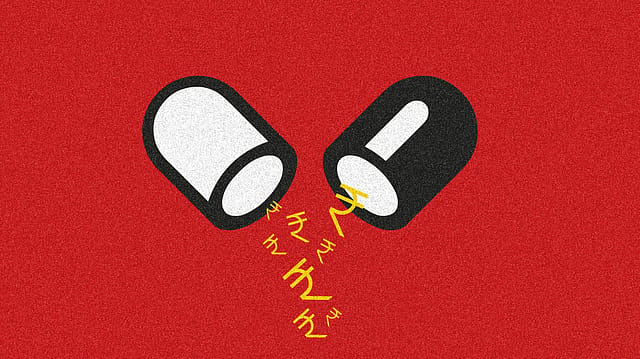India’s healthcare on fast-track growth trajectory
ADVERTISEMENT

India’s healthcare sector is on the brink of a transformation, fuelled by robust economic growth, a growing middle class and increasing demand for quality healthcare. As a result, the pharmaceutical industry in the country alone has the potential to grow from about $62.93 billion in 2024 to about $120 billion (including exports) by 2030, predict experts.
India’s disease profile has shifted significantly in the last two decades— Non-communicable Diseases (NCD) now account for over 65% of the disease burden and the country has a large and ageing population with 100 million plus elderly people (about 7% of the population), says ‘Winning in Indian Healthcare’, a recent report brought out by the Boston Consulting Group (BCG) and the Organisation of Pharmaceutical Producers of India (OPPI).
The incidence of cardiovascular diseases will increase by 34% from 56 million in 2020 to 75 million in 2030. Diabetes affecting the Indian population will also grow by 34% from 56 million in 2020 to 75 million by 2030. Among NCDs, cancers will be the greatest threat—a likely growth of 41% from 1.7 million in 2020 to 2.4 million. NCDs will be the cause of 74% of morbidity/mortality in India by 2030.
December 2025
The annual Fortune 500 India list, the definitive compendium of corporate performance, is out. This year, the cumulative revenue of the Fortune 500 India companies has breached $2 trillion for the first time. Plus, find out which are the Best B-schools in India.
Growing insurance coverage and affordability, improved infrastructure including hospitals and trained doctors and the rising penetration of digital channels including e-pharmacies and e-diagnostics are now driving better healthcare access, says the report.
India's domestic pharma market, about $23 billion in 2019, grew to $33 billion in 2023, growing at an annual compounded annual growth rate (CAGR) of 9%. This is expected to grow at 10-11% CAGR till 2030 to reach about $64-72 billion. As against this, global market growth was only 7% between 2019-23. The EU market grew by only 6% and the US market by 9% during the same period.
Furthermore, India’s health insurance market has seen a strong post-COVID growth. If the gross health insurance premium market was worth $6 billion in 2020, it grew to $7 billion, a growth of 15% during the year. In the next two years, the market growth was about 24% annually, $9 billion in 2022 and $11 billion in 2023. That growth is expected to be sustained in future, predicts the BCG-OPPI report.
It says India’s health infrastructure has experienced notable improvements over the past decade. Hospital beds per thousand people have increased from 1,033 to 1,857 between 2013 and 2023. Trained doctors per thousand people have risen from 646 a decade ago to 1,000 now. Availability of nurses per thousand people has also increased from 1,808 to 3,000 per 1000 people. While the number of medical colleges in the country increased from 387 to 704, the number of Government hospitals increased from 14,379 to 25,778 and that of private hospitals rose from 37,908 and that of private hospitals increased from 37,908 to 43,486 between 2013 and 2023. The number of All India Institute of Medical Sciences (AIIMS) increased from 7 in 2017 to 19 in 2023.
This was made possible through multiple structural initiatives and policy interventions. Healthcare budget allocation increased from $6 billion to $10 billion from 2018 to 2023. Focus was given to augmenting existing Primary Healthcare Centres (PHCs) with private sector-supported satellite clinics to improve access to healthcare in rural areas. Over 200,000 health and wellness centres set up for comprehensive primary care in past 4 years.
Digitisation is another key area that is changing health care in India. Penetration of e-pharmacies, e--diagnostics, tele-consultation, digital tools for wellness and disease management, aggregation of healthcare platforms etc. are now transforming healthcare in India.
